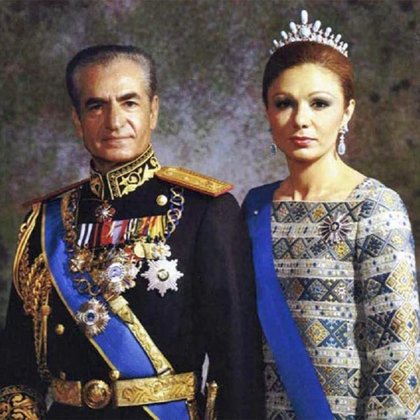MOHAMMAD REZA PAHLAVI (1919-1980) WAS KING FROM IRAN AND SECOND IN THE PAHLAVI DYNASTY.A REVOLUTION,LED BY AYATOLLAH KHOMEINI IN 1979,FORCED HIM TO EXILE,UNDER THE SHAH'S REZA PAHLAVI RULE,IRAN'S ECONOMY OPPORTUNITIES EXPANDED.
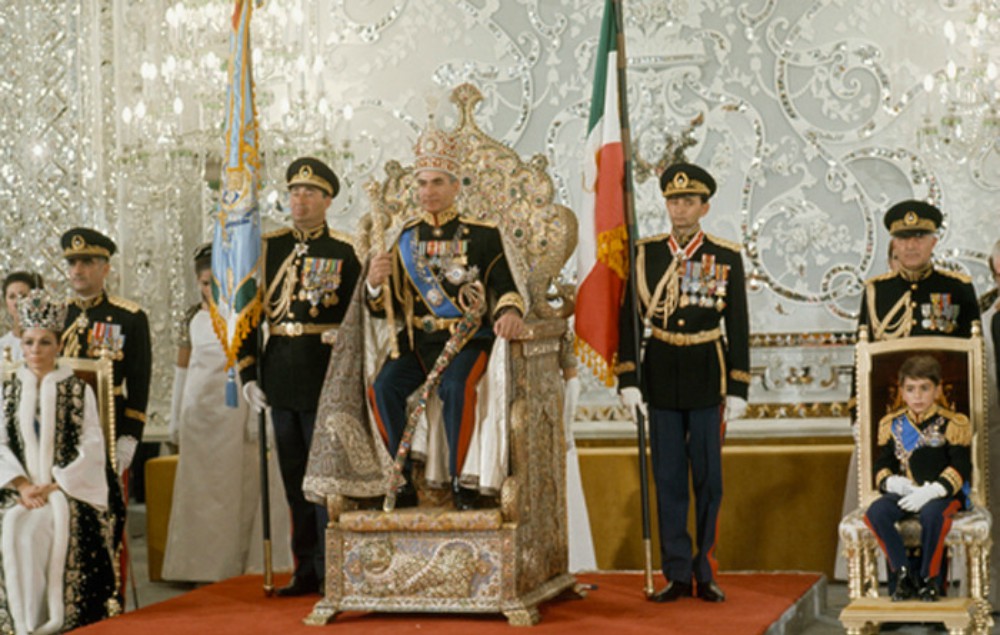 View of the coronation of Mohammad Reza Pahlavi (1919-1980) as Shah of Iran, with Queen Farah Pahlavi on left and Reza Pahlavi, Crown Prince of Iran on right, in Tehran, Iran on 26th October 1967.The Shir o Khorshid, a popular Iranian symbol since at least the 12th century, has since the revolution become associated with the deposed monarch Mohammad Reza Shah Pahlavi and his dynasty. After the revolution, the new government of Ayatollah Ruhollah Khomeini systematically eradicated it from public spaces and government buildings, replacing it with Islamic iconography. Today in Iran nostalgia for the Shah and his government, like the paws of the lion, peeks out from under a coat of white paint.
View of the coronation of Mohammad Reza Pahlavi (1919-1980) as Shah of Iran, with Queen Farah Pahlavi on left and Reza Pahlavi, Crown Prince of Iran on right, in Tehran, Iran on 26th October 1967.The Shir o Khorshid, a popular Iranian symbol since at least the 12th century, has since the revolution become associated with the deposed monarch Mohammad Reza Shah Pahlavi and his dynasty. After the revolution, the new government of Ayatollah Ruhollah Khomeini systematically eradicated it from public spaces and government buildings, replacing it with Islamic iconography. Today in Iran nostalgia for the Shah and his government, like the paws of the lion, peeks out from under a coat of white paint.
As a political memoir, Mohammad Reza Pahlavi’s ‘The Shah’s Story’ is a typical in its purpose. It acts as a justification or statement of case for the actions of the political character who is also the narrator, usually retrospectively ordering them (not just chronologically) so as to construct a narrative of continuity defining their career. While there may be some admittance of error, the continuity of principles and aims underlying the na rrator’s proposed effects must be seen to be evident in order to validate their actions both to themselves and to others . The Shah wrote his autobiography imm ediately after going into exile in the fac e of criticism from both secular anti - monarchists and re ligious revivalists , particularly to his umbrella of policies he termed the ‘White Revolution’, so this defensive.In 1921 Reza Khan (later Reza Shah Pahlavi), an officer in Iran's only military force (Cossack Brigade) used his troops to support a coup against the government of Qajar Dynasty. Within four years he had established himself as the most powerful person in the country by suppressing rebellions and establishing order. In 1925 a specially convened assembly deposed Ahmad Shah, the last ruler of the Qajar dynasty, and named Reza Khan, who earlier had adopted the surname Pahlavi, as the new shah.Reza Shah had ambitious plans for modernizing of Iran. These plans included developing large-scale industries, implementing major infrastructure projects, building a cross-country railroad system, establishing a national public education system, reforming the judiciary, and improving health care. He believed a strong, centralized government managed by educated personnel could carry out his plans.He sent hundreds of Iranians including his son to Europe for training. During 16 years from 1925 and 1941, Reza Shah's numerous development projects transformed Iran into an industrial, urbanized country. Public education progressed rapidly, and new social classes - a professional middle class and an industrial working class - emerged.By the mid-1930s Reza Shah's dictatorial style of rule caused dissatisfaction in Iran, particularly among religious and intellectual elites.In 1935 by the direct order of Reza Shah the office of foreign affairs requested the foreign embassies and missions in Tehran that the country should be called Iran and not Persia any more. As Persia chauvinistically bore the name of one Iranian ethnical group and not all of them and the name of Iran was always called by all inhabitants of the country for thousands of years.Reza Shah tried to minimize involvement with Britain and the Union of Soviet Socialist Republics (USSR; formed from the Russian Empire in 1922), although Britain, through its ownership of the Angelo-Iranian Oil Company, controlled all of Iran's oil resources. But many of his development projects required foreign technical expertise. To avoid awarding contracts to British and Soviet Companies, Reza Shah preferred to obtain technical assistance from Germany, France, Italy and other European countries. This made problems for Iran after 1939, when Germany and Britain became enemies in World War II. Reza Shah declared Iran a neutral country, but Britain insisted that German engineers and technicians in Iran were spies with missions to sabotage British oil facilities in southwestern Iran and demanded that Iran expel all German citizens. Reza Shah refused, claiming this would adversely impact his development projects.Following Germany's invasion of the USSR in June 1941, Britain and the Soviet Union became allies. Both turned their attention to Iran. Britain and the USSR saw the newly opened Trans-Iranian Railroad as an attractive transport route from the Persian Gulf to the Soviet region. In August 1941, because of refusing to expel the German nationals, Britain and the USSR invaded Iran, arrested Reza Shah and sent him into exile, and took control of Iran's communications and coveted railroad. In 1942 the United States, an ally of Britain and the USSR during the war, sent a military force to Iran to help maintain and operate sections of the railroad. The British and Soviet authorities allowed Reza Shah's political system to collapse and limited the constitutional government’s functions. They permitted Reza Shah's son, Mohammad Reza Shah Pahlavi to succeed to the throne.
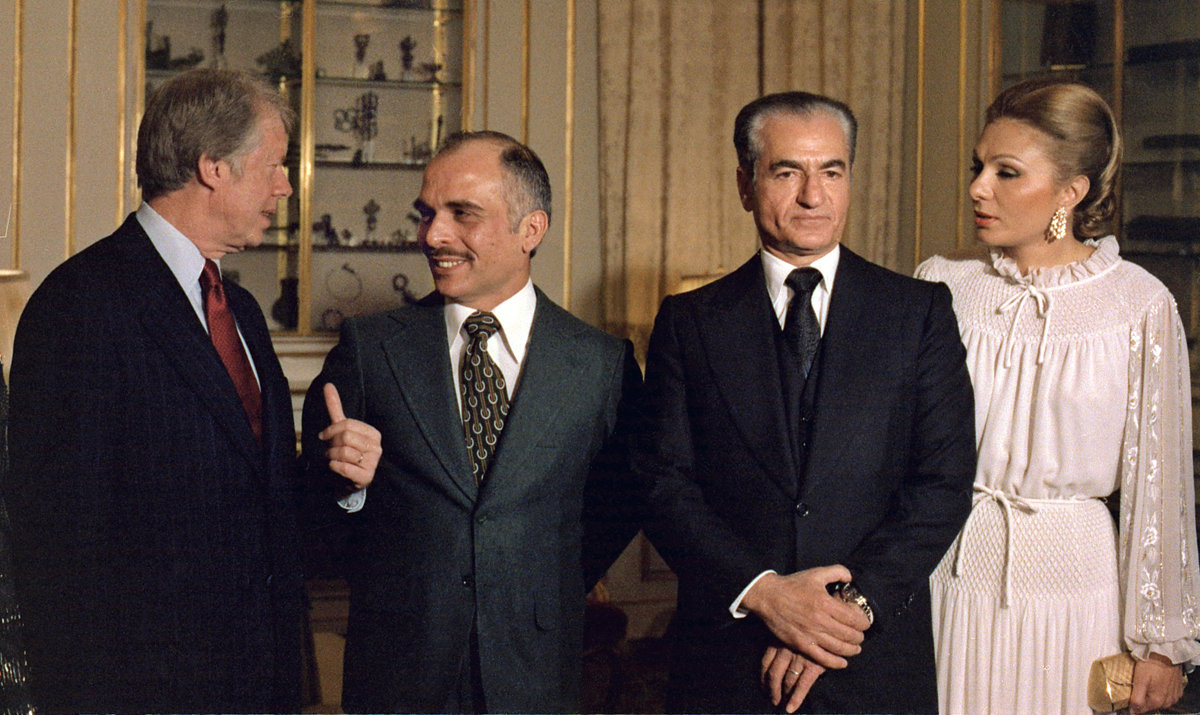 President Jimmy Carter with King Hussein of Jordan, the Shah of Iran, and Shahbanou of Iran in 01/20/1977.Carter and Pahlavi discussed improving relations between the two countries. Two years later, the two leaders’ political fates would be further entwined when Islamic fundamentalists overthrew the shah and took Americans hostage in Tehran.
President Jimmy Carter with King Hussein of Jordan, the Shah of Iran, and Shahbanou of Iran in 01/20/1977.Carter and Pahlavi discussed improving relations between the two countries. Two years later, the two leaders’ political fates would be further entwined when Islamic fundamentalists overthrew the shah and took Americans hostage in Tehran.
In January 1942 Britain and the USSR signed an agreement with Iran to respect Iran's independence and to withdraw their troops within six months of the war's end. In 1943, at the Tehran Conference, the U.S. reaffirmed this commitment. In 1945, the USSR refused to announce a timetable to leave Iran's northwestern provinces of East Azerbaijan and West Azerbaijan, where Soviet-supported autonomy movements had developed.The USSR withdrew its troops in May 1946, but tensions continued for several months. This episode was one of the precipitating events of the emerging Cold War, the postwar rivalry between the United States and its allies, and the USSR and its allies.Iran's political system became increasingly open. Political parties were developed, and in 1944 Majlis elections were the first genuinely competitive elections in more than 20 years. Foreign policies remained very sensitive issues for all parties. The Angelo-Iranian Oil Company (AIOC), which was owned by the British government, continued to produce and market Iranian oil. In the beginning of 1930s some Iranians had begun to support the nationalization of the country's oil fields. After 1946 this became a major popular movement.When Mohammad Reza Shah replaced his father on the throne on September 16, 1941, he wanted to continue the reform policies of his father, but a contest for control of the government soon erupted between the shah and an older professional politician, the nationalistic Mohammad Mosaddeq.Despite his vow to act as a constitutional monarch who would defer to the power of the parliamentary government, Mohammad Reza Shah increasingly involved himself in governmental affairs and opposed or thwarted strong prime ministers. Prone to indecision, however, Mohammad Reza relied more on manipulation than on leadership. He concentrated on reviving the army and ensuring that it would remain under royal control as the monarchy's main power base. In 1949 an assassination attempt on the Shah, attributed to the pro-Soviet Tudeh Party, resulted in the banning of that party and the expansion of the Shah's constitutional powers.In the context of regional turmoil and the Cold War, the Shah established himself as an indispensable ally of the West. Domestically, he advocated reform policies, culminating in the 1963 program known as the White Revolution, which included land reform, the extension of voting rights to women, and the elimination of illiteracy.These measures provoked religious leaders, who feared losing their traditional authority, to raise their voices against him, which consequently led to some civil unrest. And the increasing arbitrariness of the Shah’s rule caused more provocation among the intellectuals, who seeking democratic reforms. These opponents criticized the Shah for subservience to the United States and for violation of the constitution, which placed limits on royal power and provided for a representative government. The Shah saw himself as heir to the kings of ancient Iran, and in 1971 he held an extravagant celebration of 2,500 years of Persian monarchy. In 1976 he replaced the Islamic calendar with an "imperial" calendar, which began with the foundation of the Persian Empire more than 25 centuries earlier. These actions were viewed as anti-Islamic and resulted in religious opposition.The shah's regime suppressed and marginalized its opponents with the help of Iran's security and intelligence organization, the SAVAK. Relying on oil revenues, which sharply increased in late 1973, the Shah pursued his goal of developing Iran as a mighty regional power dedicated to social reform and economic development. Yet he continually sidestepped democratic arrangements, remaining unresponsive to public opinion and refused to allow meaningful political liberties.By the mid-1970s the Shah reigned amidst widespread discontent caused by the continuing repressiveness of his regime, socioeconomic changes that benefited some classes at the expense of others, and the increasing gap between the ruling elite and the disaffected populace. Islamic leaders, particularly the exiled cleric Ayatollah Khomeini, were able to focus this discontent with a populist ideology tied to Islamic principles and calls for the overthrow of the shah. The Shah's government collapsed following widespread uprisings in 1978 and 1979. The Pahlavi Dynasty was succeeded by an Islamic government under Ayatollah Khomeini.
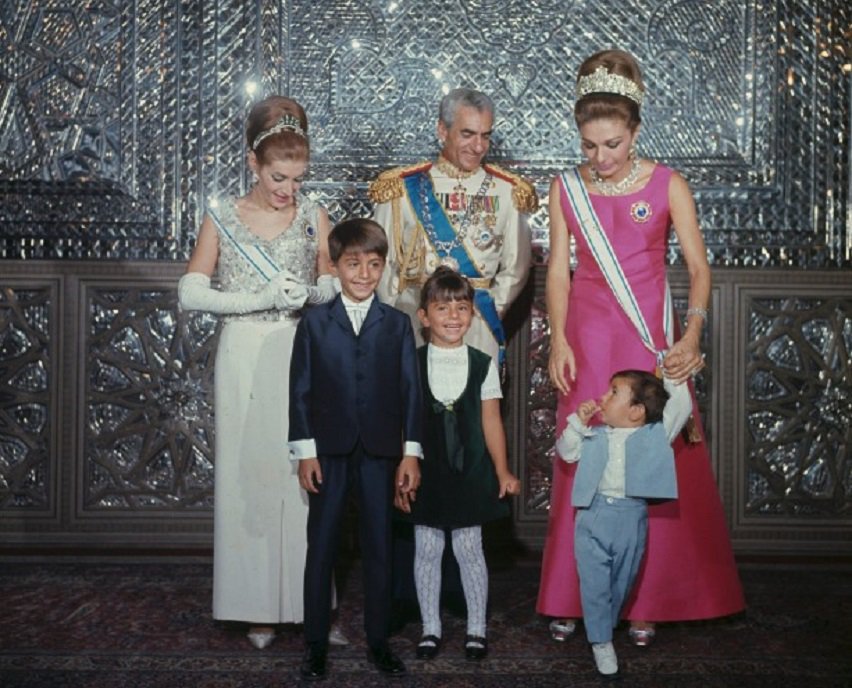 Mohammad Reza and three of his children: Pahlavi Family during the Good Old Days in Iran.Pahlavi Family - Farahnaz Pahlavi, Mohammad Reza Shah Pahlavi, Reza Pahlavi, Leila Pahlavi, Shahbanu Farah Pahlavi and Alireza Pahlavi.
Mohammad Reza and three of his children: Pahlavi Family during the Good Old Days in Iran.Pahlavi Family - Farahnaz Pahlavi, Mohammad Reza Shah Pahlavi, Reza Pahlavi, Leila Pahlavi, Shahbanu Farah Pahlavi and Alireza Pahlavi.
In 1979: Shah of Iran flees into exile.The Shah of Iran has fled the country following months of increasingly violent protests against his regime.Shah Mohammed Reza Pahlevi and his wife, Empress Farah, left Tehran and flew to Aswan in Egypt.The couple's three youngest children were flown to the United States yesterday.Official reports say the Shah has left for a "vacation" and medical treatment. In fact, he was asked to leave by the man he appointed prime minister earlier.Over the past few months, there have been an increasing number of violent clashes between security forces and anti-Shah demonstrators.Opposition to the Shah has become united behind the Muslim traditionalist movement led by Iran's main spiritual leader, Ayatollah Ruholla Khomeini, from exile in France.here have been calls for the Ayatollah's return - and news of the Shah's departure was greeted with mass celebrations across Iran.British and United States' ex-patriates living in Iran - regarded as symbols of westernization - have been the frequent target of attacks. Thousands have left the country.Martial law was declared in many cities on 8 September. But later that month, industrial action by thousands of Iranian workers culminated in a mass strike by employees in the oil industry.The strike sparked riots and rallies across the country in support of the Ayatollah.Western governments, like the US, UK and West Germany, have continued to express support for the Shah.The Shah appointed a new military government in early November. But it failed to stem the rising tide of support for the Ayatollah.he first of these four components is probably the least controversial academically – most scholars agree that his rule cannot be characterised as working in the interests of the people and so it is the a spect of himself that the Shah is so eager to defend. He rejects the label of ‘dictator’ throughout his career and constantly appeals to democratic legitimacy , particularly for his dismissal of Mosaddeq in 1953, where he cites ‘popular enthusiasm’ to state that ‘now I had the right to claim I had really been elected by the people’ . This is an evocation of the facet of the ‘Iranian myth’ that describes Iran as a single character, using the phrase ‘the people’ and applyi ng to it a unity of motivation and action, and importantly perceiving it as a support for himself as a ruler, rather than support for the decision he made.Such a conceptualisation stands in stark contrast to ‘the whole phenomenon of unionisation in this p eriod, which mirrored the interests and aspirations of large segments of Iranian society to control their own fate and voice their own needs, which posits a view of a far more heterogeneous society, wherein people support instituti ons as they see fitting to their own interests. In the Shah’s conceptualisation, however, ‘the people’ are not just in support of him, he actually attributes an active agency to them for example, through the activities of the volunteers within the educat ion, hygiene and development corps rather than himself, which reinforces through an appeal to approval the legitimacy he feels he has. Many were incensed that anyone might feel sympathy for a Pahlavi. These are the angry Iranians who have given up on the mullahs entirely, for the prospect of meaningful, peaceful change seems a chimerical notion, inconceivable for their generation. Their despair over lives disfigured by economic blight, in which simple dreams like finding a job or getting married seem permanently out of reach is so easily channeled into fury with the Pahlavis. It is as though they want to scream at them with the bitterness of children accusing a parent, "You let us down, you fumbled, it is all your fault." It is almost a familial dysfunction: so many Iranians rushing like angry relatives at the chance to lay their anger at Iran's fate at the feet of the Pahlavis, whose failure turned Iran over to the mullahs. Decades after the fall of the Shah, the clan remains a politically acceptable target for so many painful feelings.The family remains of great emotional relevance to Iranians. The Pahlavis themselves know that they stand no chance of being reinserted into Iran politically, though they must more than suspect that their moments of personal grief will be reflected in monumental ways on the larger stage of the Iranian political imagination. Indeed, the initial statement by older brother Reza on his website starkly attributed Alireza's suicide to the younger man's despair over Iran an all-too-blatant political stance that only opened the family up to criticism. Certainly, the shattering fall of his father and the dislocation of exile contributed to Alireza's depression and pain. But just as surely, any suicide in a depressed person arises when such anguish combines with intimate factors from that individual's genealogy, biochemistry and medical history.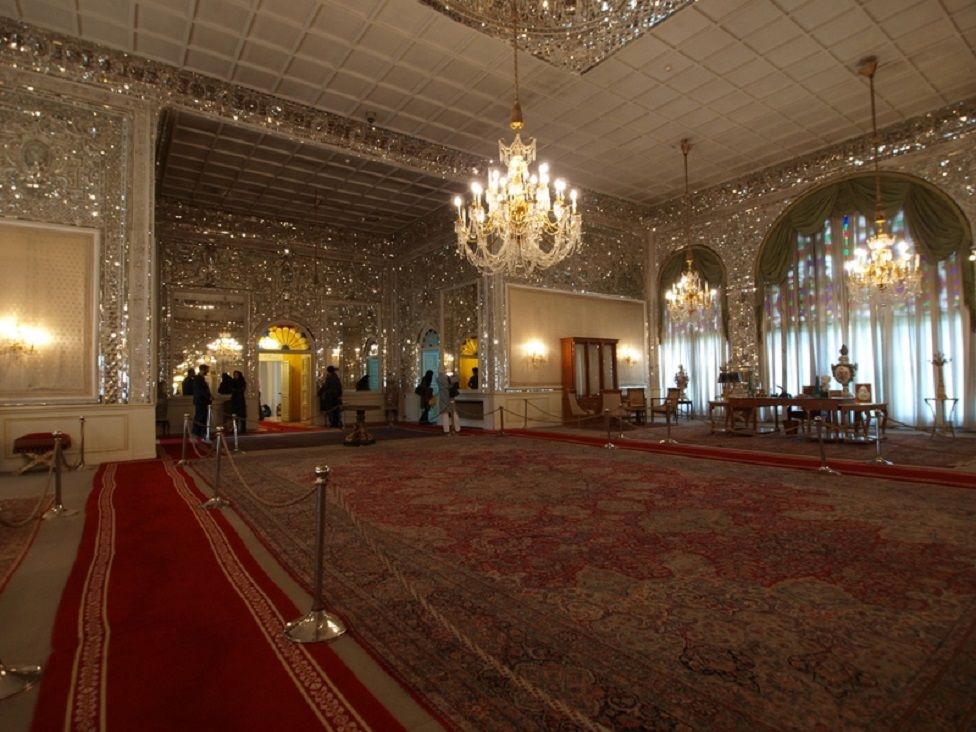
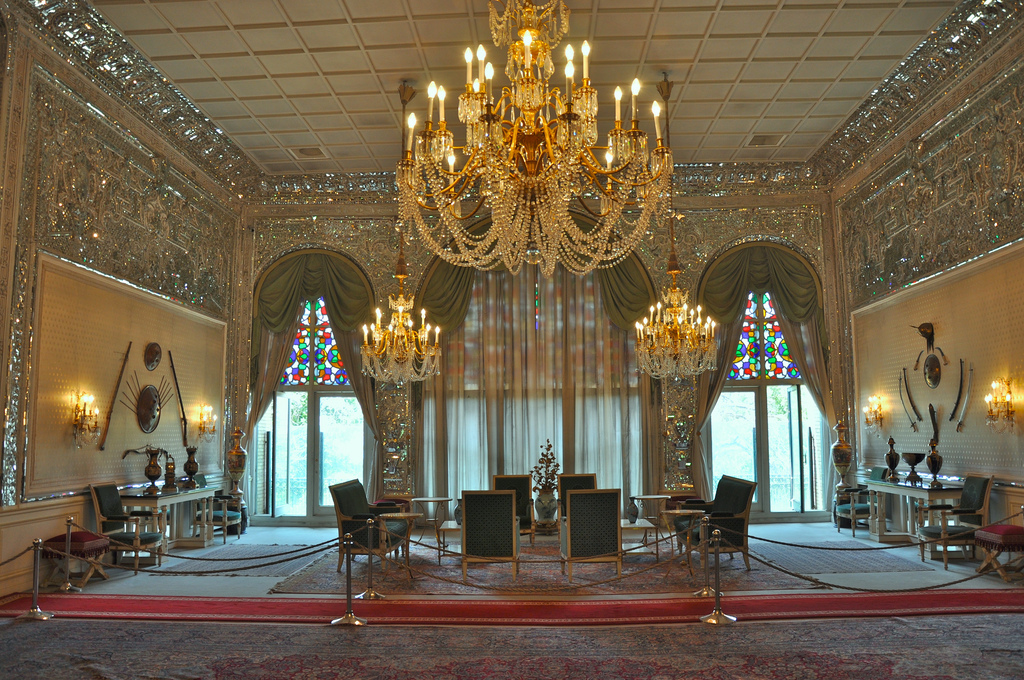
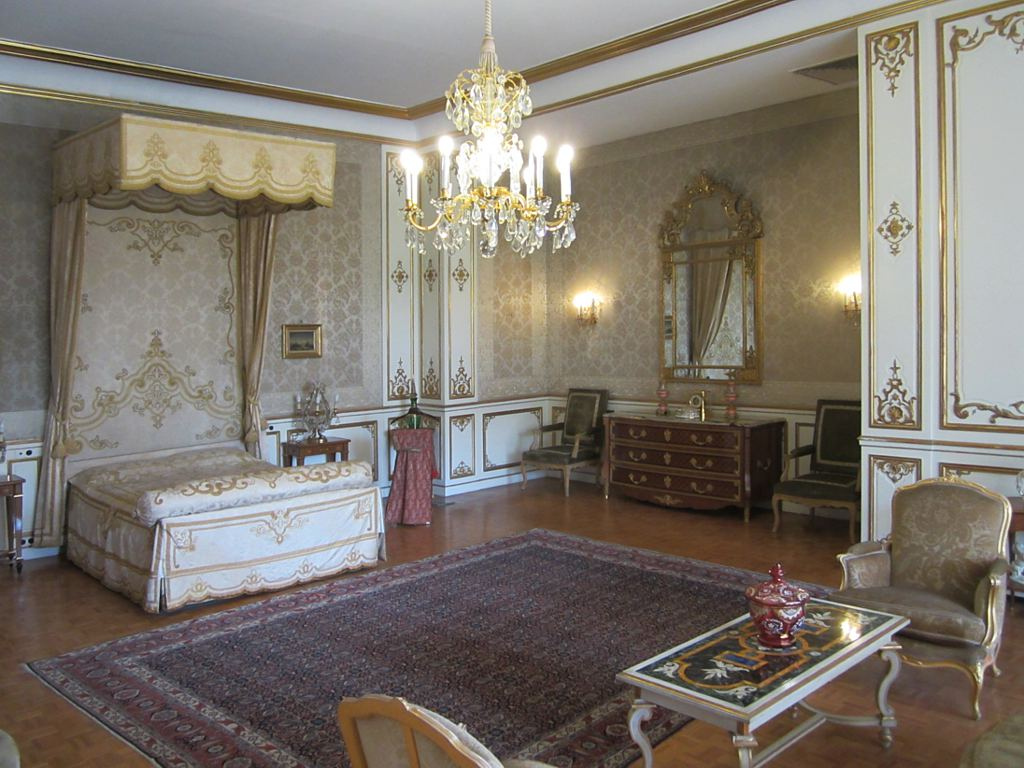
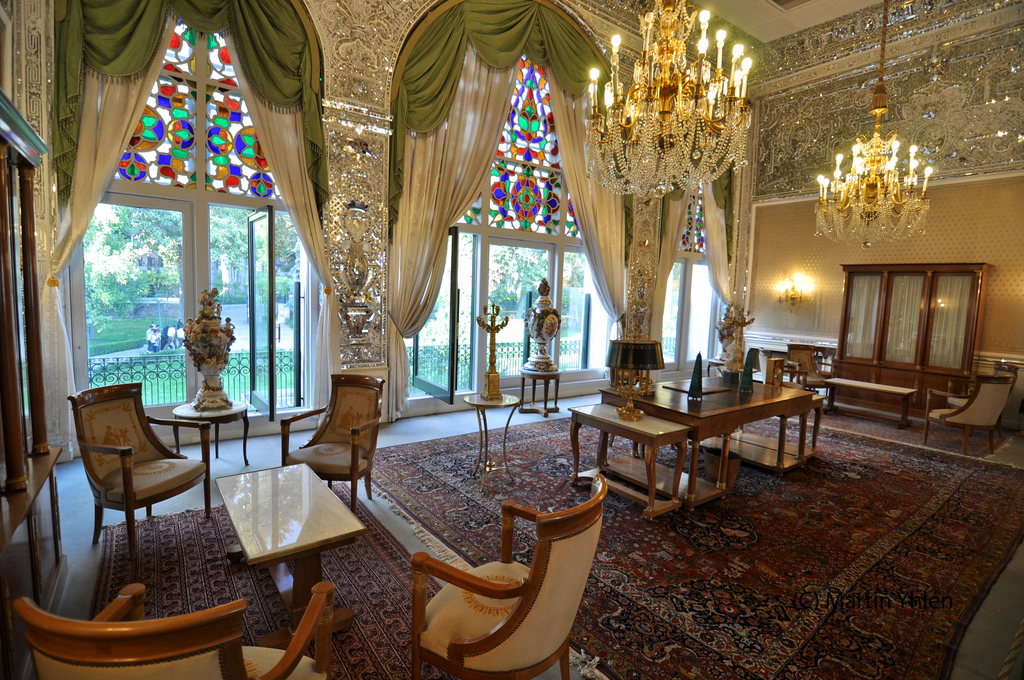 The Sa'dabad Complex is a 300 hectare complex built by the Qajar and Pahlavi monarchs, located in Shemiran, Greater Tehran, Iran. Today, the official residence of the President of Iran is located adjacent to the complex.The complex was first built andinhabited by Qajar monarchs in the 19th century. After an expansion of the compounds, Reza Shah of the Pahlavi Dynasty lived there in the 1920s, and his son, Mohammad Reza Pahlavi, moved there in the 1970s. After the 1979 Revolution, the complex became a museum.
The Sa'dabad Complex is a 300 hectare complex built by the Qajar and Pahlavi monarchs, located in Shemiran, Greater Tehran, Iran. Today, the official residence of the President of Iran is located adjacent to the complex.The complex was first built andinhabited by Qajar monarchs in the 19th century. After an expansion of the compounds, Reza Shah of the Pahlavi Dynasty lived there in the 1920s, and his son, Mohammad Reza Pahlavi, moved there in the 1970s. After the 1979 Revolution, the complex became a museum.
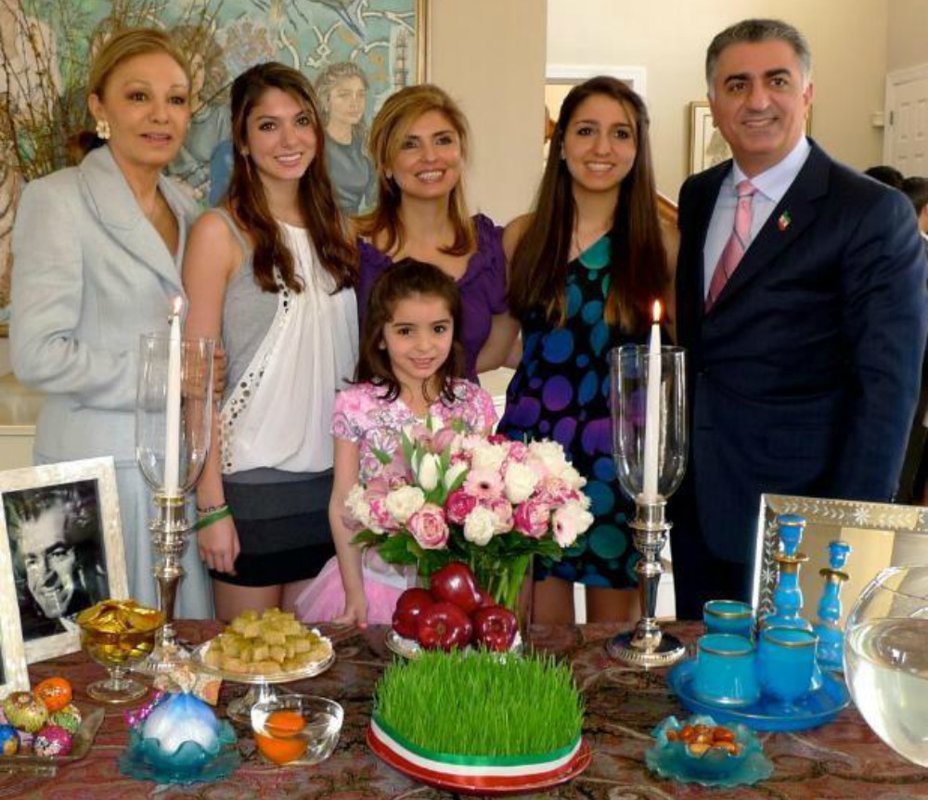 Iranian Royal Family.Reza Pahlavi is the last heir apparent to the defunct throne of the Imperial State of Iran and is the current head of the exiled House of Pahlavi. He is the older son of the late Mohammad Reza Pahlavi and his third wife Farah Diba.Pahlavi is the founder and former leader of the self-styled National Council of Iran, an exiled opposition group.In September 2017, Pahlavi left his position as the leader of the National Council of Iran. Pahlavi has emerged as a leading critic of Iran's Islamic Republic government, but lacks an organized following within Iran since there is no serious monarchist movement in Iran itself. He has also been described as having "little in common with the intellectuals and students who make up the core of the reform movement".As Crown Prince of Iran, Pahlavi left Iran in 1977 at the age of 17 for air force training at Reese Air Force Base near Lubbock, Texas, two years before the Iranian Revolution.
Iranian Royal Family.Reza Pahlavi is the last heir apparent to the defunct throne of the Imperial State of Iran and is the current head of the exiled House of Pahlavi. He is the older son of the late Mohammad Reza Pahlavi and his third wife Farah Diba.Pahlavi is the founder and former leader of the self-styled National Council of Iran, an exiled opposition group.In September 2017, Pahlavi left his position as the leader of the National Council of Iran. Pahlavi has emerged as a leading critic of Iran's Islamic Republic government, but lacks an organized following within Iran since there is no serious monarchist movement in Iran itself. He has also been described as having "little in common with the intellectuals and students who make up the core of the reform movement".As Crown Prince of Iran, Pahlavi left Iran in 1977 at the age of 17 for air force training at Reese Air Force Base near Lubbock, Texas, two years before the Iranian Revolution.

